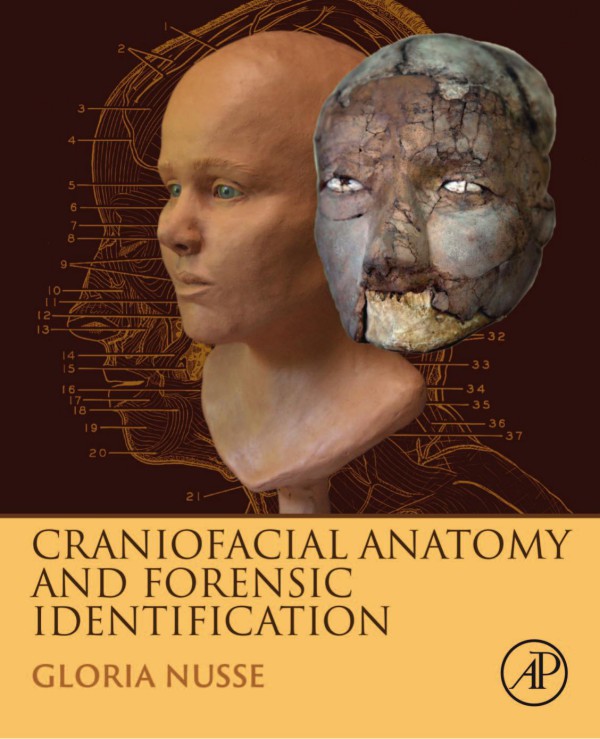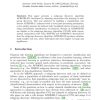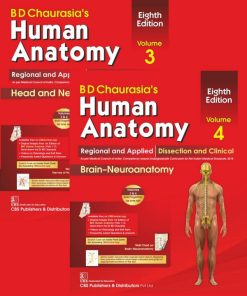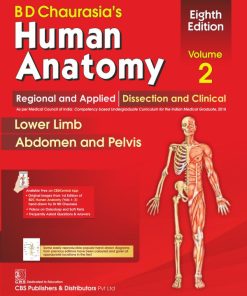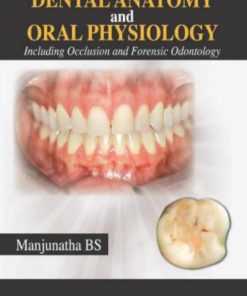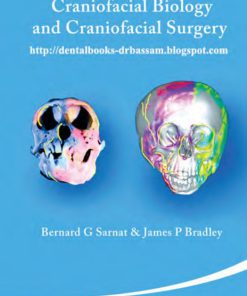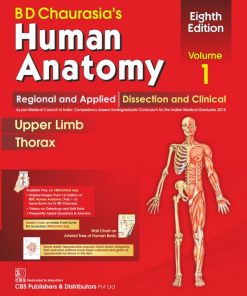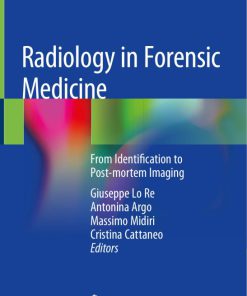Craniofacial Anatomy and Forensic Identification 1st edition by Gloria Nusse ISBN 0128092882 ‎ 978-0128092880
$50.00 Original price was: $50.00.$25.00Current price is: $25.00.
Authors:Nusse, Gloria; , Series:Anatomy [291] , Author sort:Nusse, Gloria; , Ids:9780128092880 , Published:Published:Sep 2022 , Publisher:Elsevier Inc. , Comments:Comments:Craniofacial Anatomy and Forensic Identification, (2023) 304pp. 978-0-12-809288-0
Craniofacial Anatomy and Forensic Identification 1st edition by Gloria Nusse – Ebook PDF Instant Download/Delivery. 0128092882 978-0128092880
Full download Craniofacial Anatomy and Forensic Identification 1st edition after payment
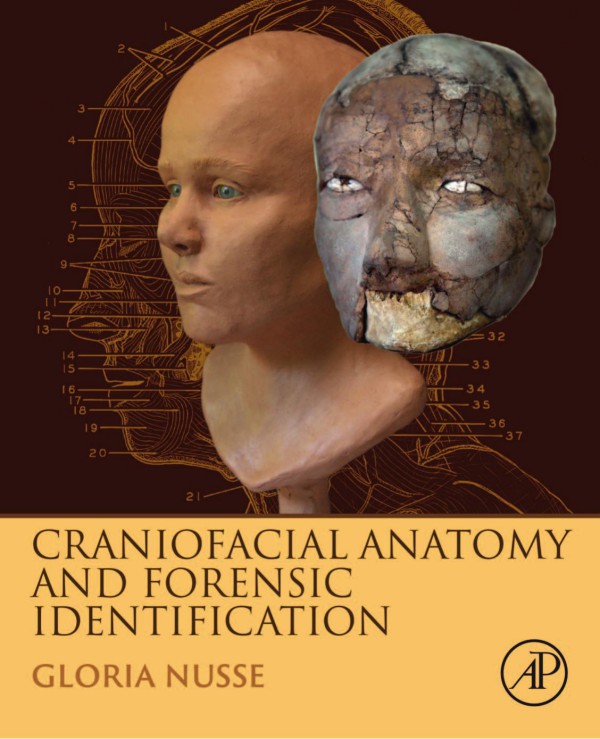
Product details:
ISBN 10: 0128092882
ISBN 13: 978-0128092880
Author: Gloria Nusse
Our bodies record what happens to us physically throughout our lives. This is illustrated by the simple appearance of scars from injuries sustained years, and even decades ago. Evidence such as scars also tells us how we used our joints or may have injured them as children and adults. Our bodies conform to the environment in which we live, both outside and inside. By examining and observing these key clues, a forensic investigator can reveal the unique character that tells the story of a person’s life and death.
Craniofacial Anatomy and Forensic Identification is an atlas that covers all aspects of facial reconstruction and anatomy of the head and neck, such as facial expression and the anatomic basis for facial development, along with the effects of muscle movement. Written by a world-renowned forensic artist with decades of experience as a scientific illustrator as well as a portraitist, anthropologist, and lecturer in anatomy and biology, the author is as much a scientist as an artist.
- Comprehensively addresses the history o facial reconstruction, facial development, muscle movements, and bone physiology used by forensic artists and forensic anthropologists
- Demonstrates techniques in mold making and sculpting to bring the body to life
- Includes images from cadaver labs and recent case studies
- Provides detailed anatomy of vessels and nerves found in the face including the eyes
- Details the muscles, ligaments and tissues down to the skull
- Describes the changing face as it ages
Craniofacial Anatomy and Forensic Identification 1st Table of contents:
Part I: Basic Craniofacial Anatomy
-
Overview of Craniofacial Anatomy
-
Basic Skull Structure
-
Bones of the Face and Skull
-
Muscles and Soft Tissues of the Face
-
-
Cranial Vault and Facial Skeleton
-
Anatomy of the Skull
-
Forensic Relevance of the Cranial Vault
-
Differences Between Male and Female Craniofacial Features
-
-
Dental Anatomy
-
Dental Structures and Their Role in Identification
-
Age and Sex Determination Using Teeth
-
Dental Taphonomy in Forensic Science
-
-
Soft Tissues of the Face
-
Facial Musculature and Expression
-
Role of Soft Tissues in Facial Reconstruction
-
Part II: Forensic Techniques in Craniofacial Identification
-
Forensic Anthropology Overview
-
Role of Forensic Anthropology in Identification
-
Reconstructing the Past from Skeletal Remains
-
-
Craniofacial Identification Techniques
-
Anthropometric Methods
-
3D Imaging and Computer-Assisted Techniques
-
Facial Reconstruction Methods: Manual and Digital Approaches
-
-
Age, Sex, and Ancestry Determination
-
Methods of Determining Biological Profile from Craniofacial Remains
-
Use of Landmarks and Morphological Traits
-
-
Facial Superimposition in Forensic Identification
-
Traditional vs. Modern Techniques
-
Applications in Criminal Investigations
-
Part III: Case Studies and Practical Applications
-
Case Studies in Forensic Craniofacial Identification
-
Notable Historical Cases
-
Modern Forensic Cases
-
Lessons Learned from Actual Forensic Investigations
-
-
Ethical Considerations in Forensic Craniofacial Identification
-
Privacy and Consent in Forensic Science
-
Challenges of Facial Recognition and Identification in Legal Contexts
Part IV: Advances and Future Directions
-
Advancements in Forensic Craniofacial Techniques
-
The Role of AI and Machine Learning
-
Advancements in Imaging Technology (CT, MRI, etc.)
-
Forensic Facial Reconstruction in Mass Disasters
-
Identification in Catastrophic Events
-
Role of Craniofacial Science in Humanitarian Efforts
-
Future Trends in Forensic Craniofacial Identification
-
Predicting Future Developments in the Field
-
Collaboration Between Forensic Scientists, Law Enforcement, and Technology Experts
People also search for Craniofacial Anatomy and Forensic Identification 1st:
forensic tests to identify bones
what is forensic anatomy
what is a forensic identification specialist
forensic identification methods
craniofacial anatomy

